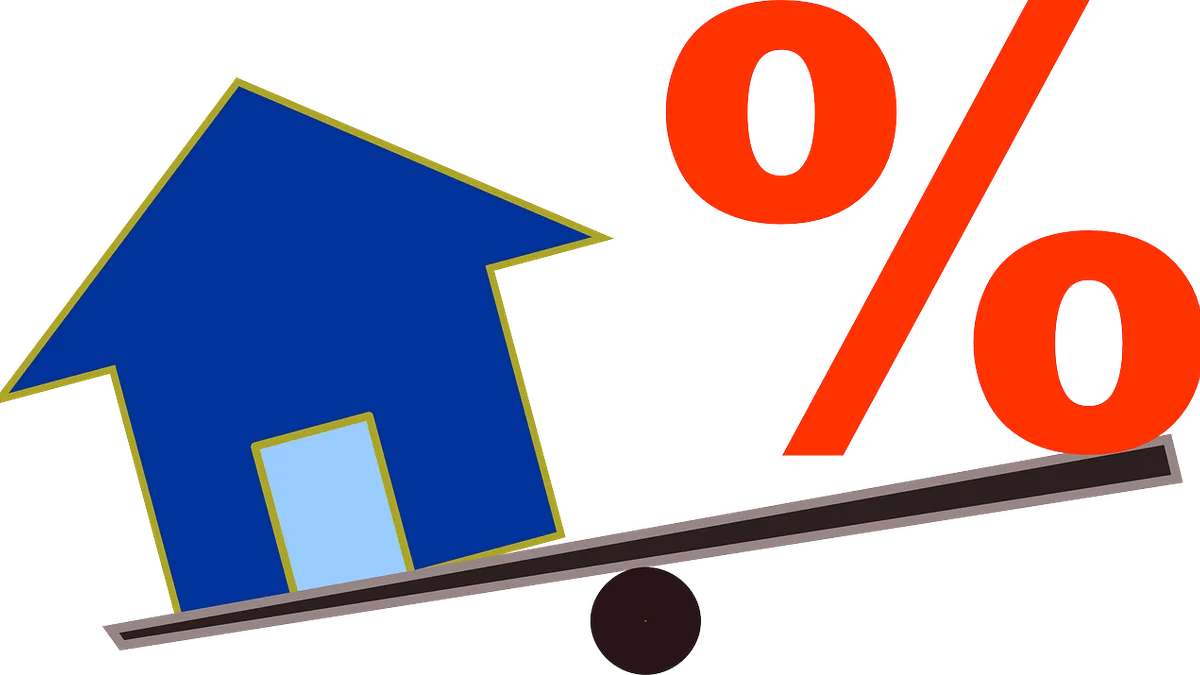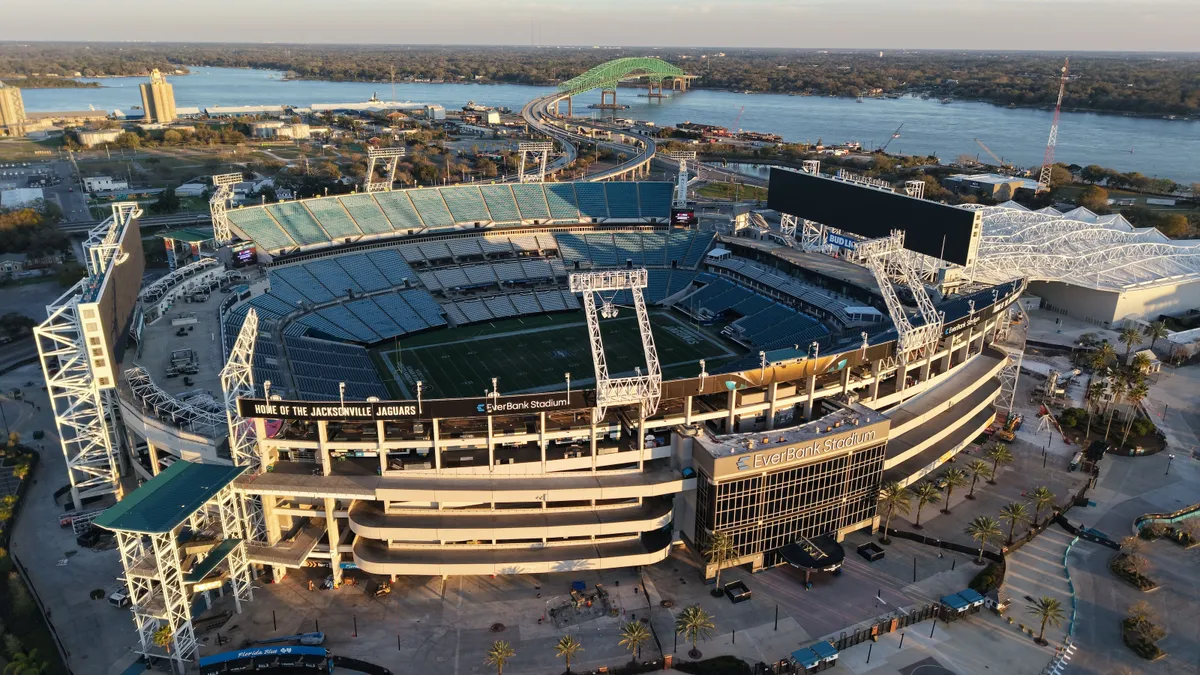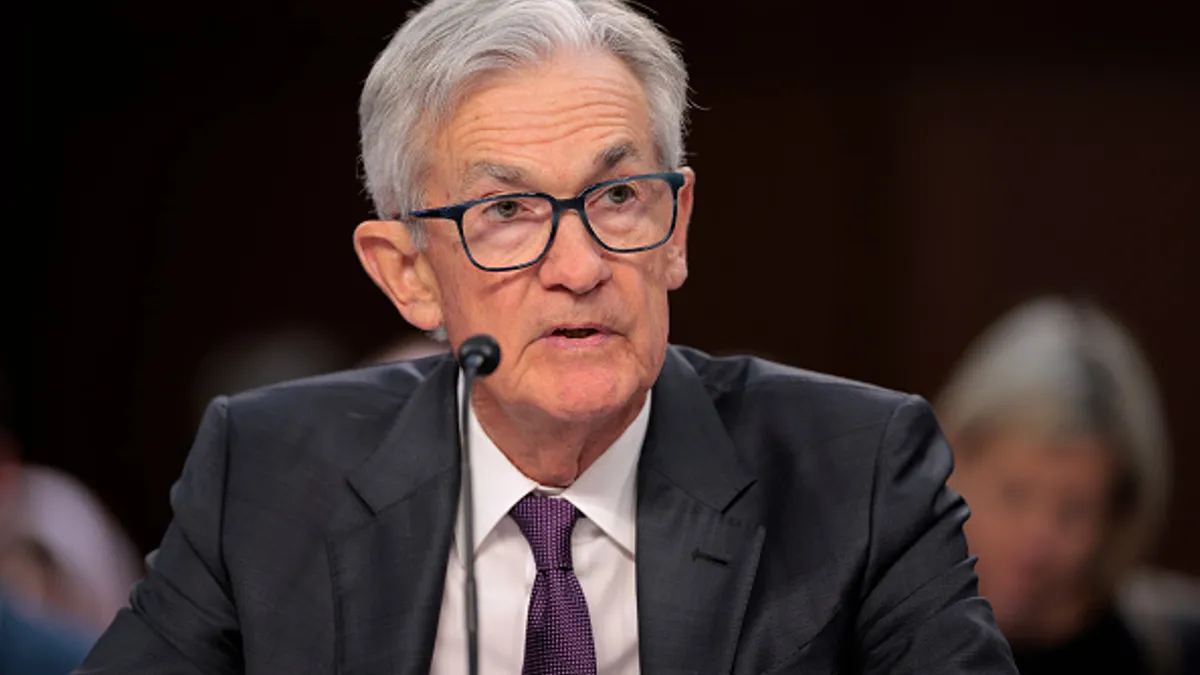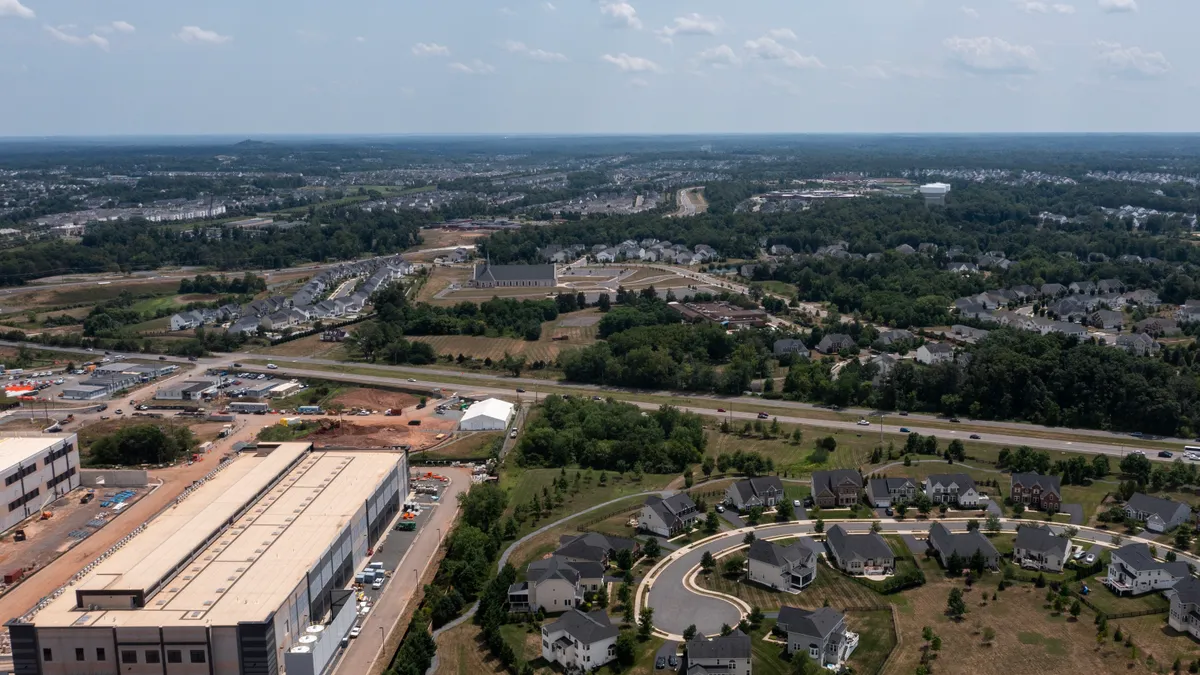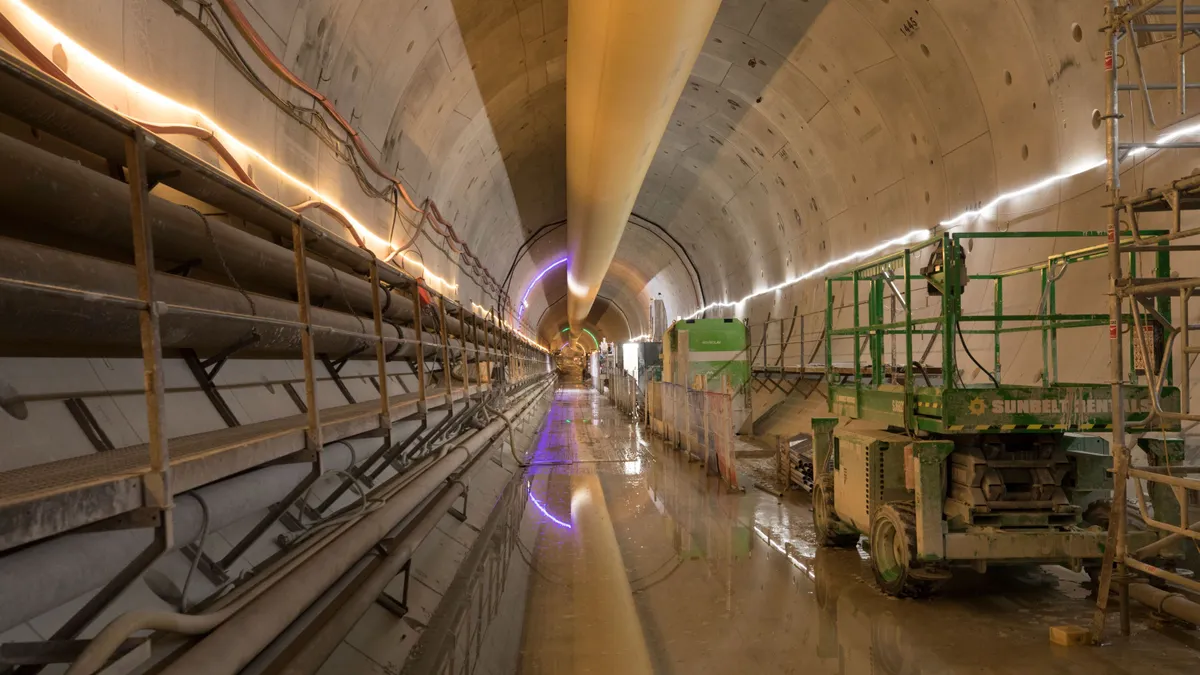Since the U.S. stock market’s wild swings in response to China’s financial crash last week, economic forecasters have been unable to gauge whether the Federal Reserve Board will follow through with its much-anticipated first interest rate hike in nine years.
Once considered a given for the Fed’s mid-September meeting, a slight increase in the short-term interest rate could come this month — or potentially not.
Whether the rate increase — which by all accounts is inevitable at some time in the not-too-distant future — comes in September or December, or even twice in that time, as some have predicted, homebuilders and buyers are likely to survive it mostly unscathed.
Here are five reasons why the Fed’s upcoming interest rate hike will have a limited impact on housing:
1. The Fed doesn’t raise mortgage rates
When the Fed finally raises short-term interest for the first time in almost a decade, that won’t automatically increase mortgage rates. In fact, the Fed doesn’t control mortgage rates.
The Fed is responsible for the Federal Funds Rate, the rate that banks pay to borrow money from each other.
Still, a Fed decision to raise the short-term Federal Funds Rate will undoubtedly influence the investors who do determine the cost of mortgages. That has been the case throughout history, as home loan rates have risen in reaction to any Fed decision to raise short-term rates.
Sometimes, in fact, mortgage rates rise in anticipation of the change.
2. The rate hike will be slight and gradual
The interest rate on a fixed, 30-year loan was 4.03% on Aug. 27, according to the latest weekly tally from Bankrate. That was down from 4.06% the week before — a dip the online aggregator of financial rate information attributed to the stock market’s reaction to China’s problems.
Economists in a Reuters poll the previous day predicted the interest rate on a 30-year mortgage will average 3.91% this year — up a tinge from their June forecast of 3.9%. Their outlook for 2016, however, is 4.3% — down from their June estimate that next year’s interest rate would hit 4.5%.
Influential Federal Reserve players have promised a gradual increase in the short-term rate hike, and economists have said that will translate into equally slow rate increases for home loans.
“The increase will be moderate, nothing alarming,” Lawrence Yun, the National Association of Realtors’ chief economist, told Construction Dive. “The housing market overall should be able to absorb some increases in rates.”
3. Job and wage growth could offset the pain of a rate hike
The Fed would not consider a short-term rate hike if the economic experts who run it were not confident that the economy is strong enough to handle it.
Consumer confidence was high in August, according to research group The Conference Board — although the survey was taken before the China-related stock market volatility. The main reason for the highest confidence reading since January: Consumers are optimistic about the labor market.
Good jobs mean steady incomes, and that can translate into more home purchases and a stronger overall economy.
The impact of a stronger economy, lenders and economists agree, is likely to outweigh any negative impact of a higher interest rate. In short, consumers can rely on their growing incomes to offset higher mortgage rates.
Still, Freddie Mac noted in its May 2015 Economic & Housing Market Outlook, “The story can change quickly if interest rates and house prices rise without any offsetting income growth.”
Plus, economists in the August Reuters poll agreed that a rate increase is unlikely to be large enough to price buyers who are in good economic shape out of the housing market.
And homebuilders will be able to stand up to an interest rate hike, too, they predicted. "The recent strength of housing activity suggests the market is well placed to cope with a gradual rise in interest rates," Capital Economics economist Matthew Pointon told Reuters.
4. A rate hike could actually help sell homes
The immediate impact of a Fed rate hike could be a run on homes.
Lenders and economists have observed that when consumers see rates are on the rise, they tend to rush to the bank to apply for loans before the rates get any higher.
Homebuyers are no exception: Some first-time buyers who have been waiting for prices to come down or for their savings accounts to grow are likely to climb off the fence and purchase homes so they can lock in a good rate.
That’s not guaranteed, of course: In May 2013, the interest rate on a 30-year fixed-rate mortgage was 3.4%, but it jumped to 4.46% by late June, and demand for mortgages temporarily tanked.
5. Interest rates are still low
Mortgage rates hit a historic low of 3.31% in November 2012, according to Freddie Mac. Since then, they have risen and fallen slightly from month to month and year to year, but have generally maintained a slow, steady climb.
Still, compared with mortgage rates at their peak in October 1981, when they reached 18.45%, the cost of a home loan is teetering near historic lows. In fact, interest rates never dipped below 5% at any time since Freddie Mac started keeping track in 1971, until 2009. Except for a couple of months in 2010, interest rates have not topped 4.99% since then.


